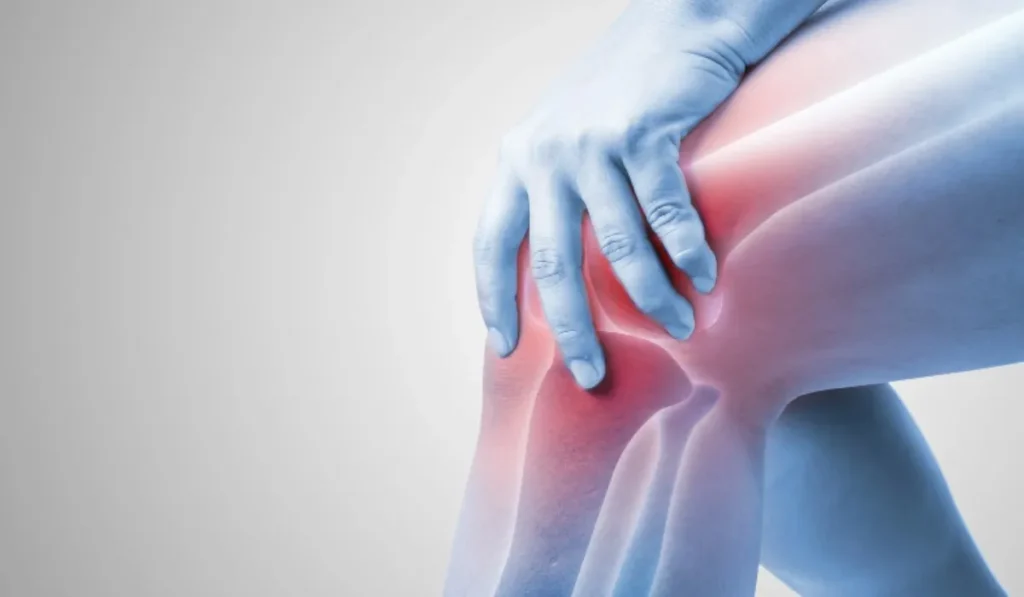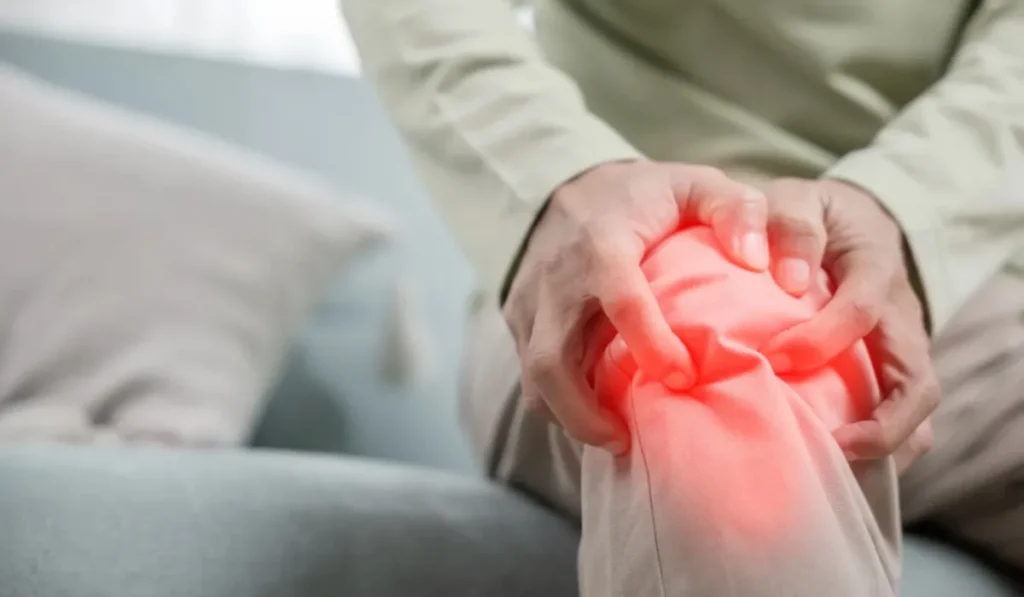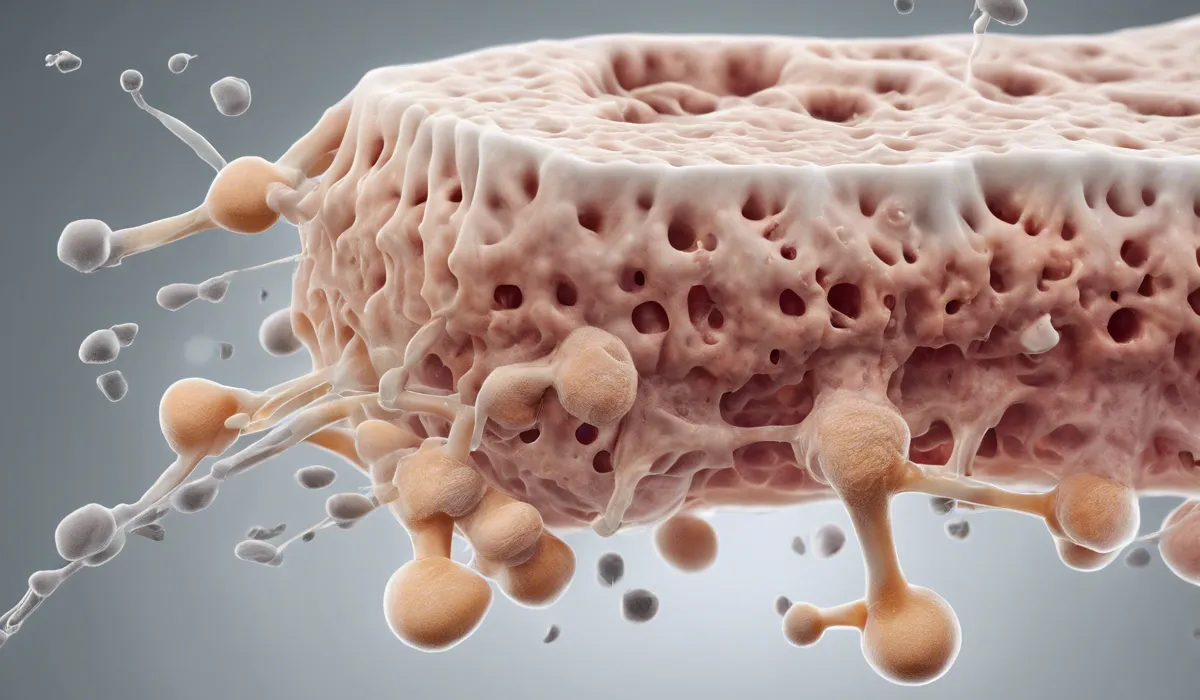Yes, mold exposure can potentially cause joint pain. When individuals are sensitive to mold, their immune system may overreact, leading to inflammation that manifests as joint pain, among other symptoms.
Understanding Mold and Its Effects on Human Health

What is Mold?
Mold is a type of fungus that can grow indoors and outdoors. It thrives in damp, warm, and humid environments, often found in places like bathrooms, kitchens, and basements.
There are various types of mold, including but not limited to black mold, Aspergillus, Penicillium, and Cladosporium.
These molds can spread easily through spores that float through the air and land on surfaces where they can grow.
Common Sources of Mold
Mold can come from numerous sources within our homes and workplaces. Leaking pipes, floods, and areas with poor ventilation provide perfect conditions for mold to flourish.
Materials like drywall, wood, and carpet can absorb moisture and become breeding grounds for mold growth.
Health Risks of Mold Exposure
When people are exposed to mold, they may experience a range of health issues. These can include allergic reactions, asthma attacks, and other respiratory conditions.
For some individuals, exposure can lead to more severe health problems, such as lung infections, especially in those with weakened immune systems.
Mold and Inflammation in the Body
Exposure to mold can trigger an inflammatory response in the body. This is because the immune system recognizes mold spores as foreign invaders and attacks them, which can lead to inflammation throughout the body, including the joints.
Prolonged exposure to mold can cause chronic inflammation, which is harmful to overall health.
The Link Between Mold Exposure and Joint Pain

Symptoms of Mold Exposure
Common symptoms of mold exposure include coughing, sneezing, sore throat, and watery eyes.
Some people may also experience skin rashes and unexplained fatigue. These symptoms can be mistaken for common allergies or colds, making it difficult to immediately identify mold as the culprit.
Joint Pain and Mold
Joint pain can be a less recognized symptom of mold exposure. When the body’s immune response to mold results in inflammation, it can affect the joints, leading to pain, stiffness, and discomfort.
This can be particularly pronounced in individuals with preexisting joint conditions such as rheumatoid arthritis.
Scientific Evidence of the Mold-Joint Pain Connection
Research has begun to validate the link between mold exposure and joint pain. Studies have shown that people exposed to mold for extended periods have higher rates of joint pain and other rheumatic conditions.
These findings underscore the importance of addressing mold issues promptly to avoid long-term health consequences.
Case Studies on Mold and Joint Pain
Personal accounts from individuals who have suffered from mold-related health issues often include descriptions of joint pain.
Case studies have documented instances where patients’ joint pain improved significantly after remediation of mold in their living or working environments.
Management and Prevention of Mold-Related Joint Pain

Reducing Mold Exposure
Preventing mold growth is key to minimizing exposure. This can be achieved by controlling humidity levels, ensuring proper ventilation, repairing leaks promptly, and cleaning and drying any areas of water damage within 24-48 hours to prevent mold growth.
Treatment Options for Mold Exposure
Treating mold-related health issues may involve a combination of approaches. Medical treatments can include antihistamines, nasal corticosteroids, or antifungal medications, depending on the severity of the symptoms.
In some cases, immunotherapy or allergy shots may be recommended.
Alternative Approaches to Alleviating Symptoms
Alternative treatments such as acupuncture, herbal remedies, or dietary changes may help some people manage their symptoms.
These should be pursued under the guidance of a healthcare professional to ensure they complement conventional treatments effectively.
Alleviating Joint Pain from Mold
To alleviate joint pain caused by mold exposure, individuals can take anti-inflammatory medications or engage in gentle exercise and stretching to improve joint function. Applying heat or cold to affected joints may also provide temporary relief.
Seeking Professional Medical Advice
It is crucial for individuals experiencing persistent symptoms to seek professional medical advice.
A healthcare provider can offer a proper diagnosis and a tailored treatment plan. If joint pain or other symptoms continue after mold has been removed, further medical evaluation may be necessary to identify and treat any underlying conditions.
FAQs About Mold and Joint Pain
Can exposure to mold cause joint pain?
Yes, mold exposure can cause joint pain, especially in individuals who have a mold sensitivity, leading to an immune response that causes inflammation.
Is joint pain a common symptom of mold exposure?
While it is not the most common symptom, joint pain can occur in some individuals who are exposed to mold and have a sensitivity to it.
How does mold exposure lead to joint pain?
Mold exposure can lead to joint pain through an overreaction of the immune system in sensitive individuals, resulting in inflammation.
Can eliminating mold exposure relieve joint pain?
Yes, if joint pain is directly related to mold exposure, removing the mold and avoiding further exposure may help alleviate the pain.
Should someone with joint pain and suspected mold exposure see a doctor?
Yes, it is advisable for anyone with joint pain and suspected mold exposure to consult a doctor for proper diagnosis and treatment.
Final Thoughts
Mold exposure can indeed lead to joint pain, particularly in individuals with sensitivities to mold.
This occurs as the immune system’s heightened response prompts inflammation, which can manifest as joint discomfort among other symptoms. It is a clear indication of the various health implications that mold exposure can have on the body.
